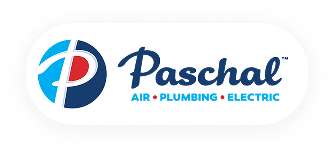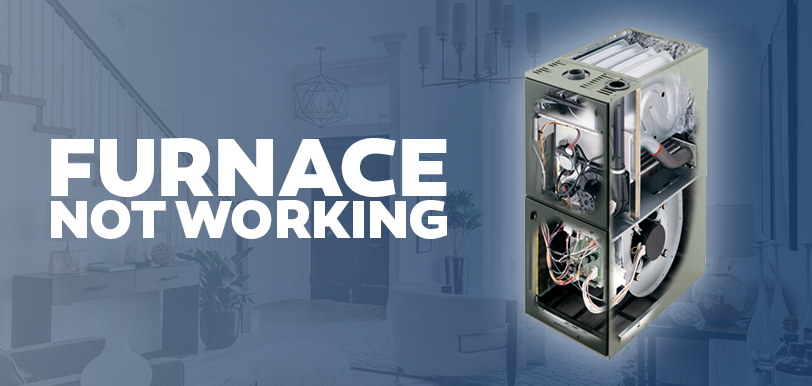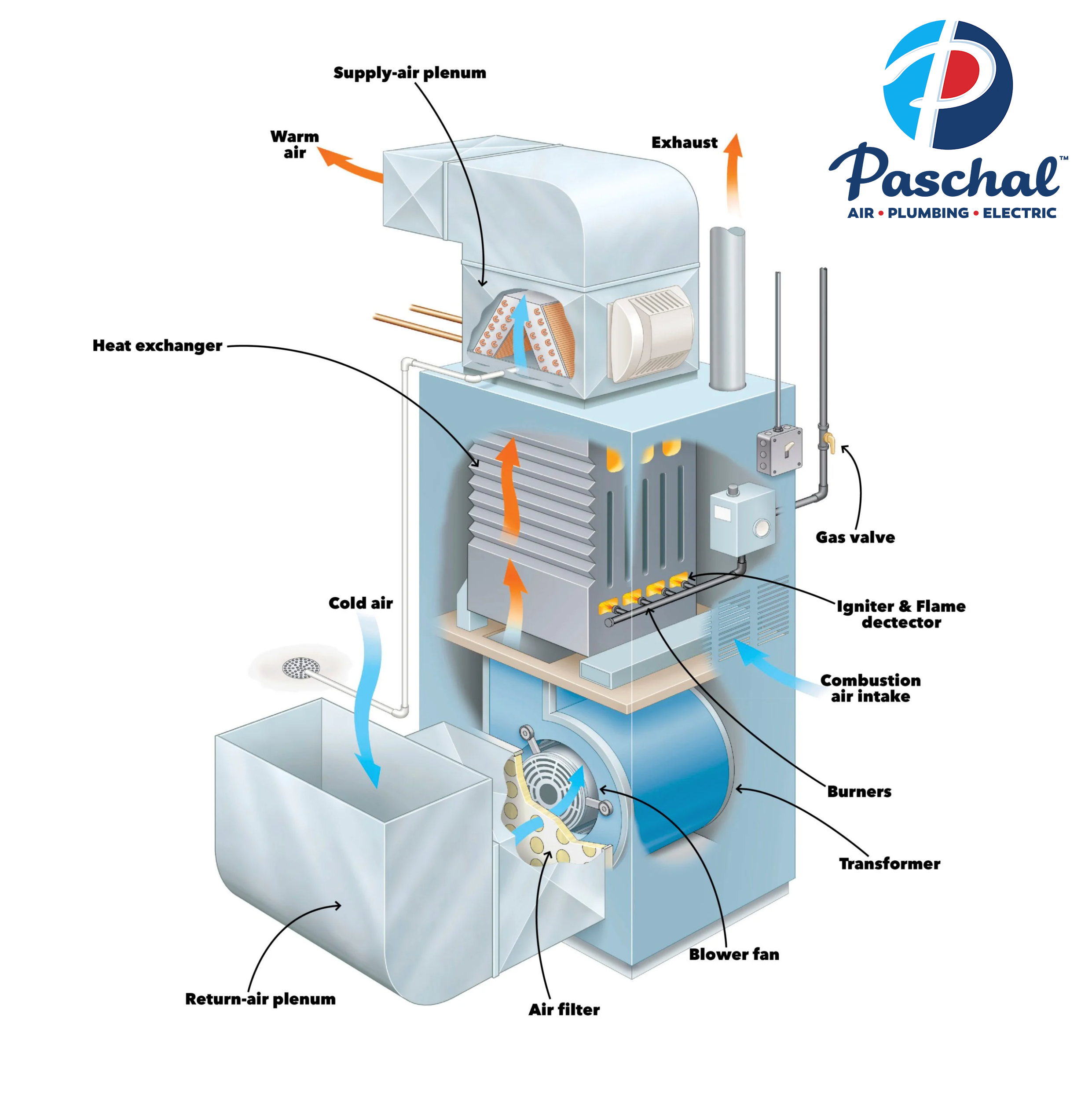Want to save with Paschal? Don’t miss our current offers and specials

Want to save with Paschal? Don’t miss our current offers and specials
Return to Paschal Resource & Education Hub

If you’ve turned on your heater and felt nothing but cold air coming from the vents, it’s frustrating — especially when winter temperatures drop. A heater blowing cold air can be caused by a wide range of issues, from simple DIY fixes to serious mechanical failures.
In this guide, we’ll walk you through why your heater may not be warming your home, safe steps you can take yourself, and when to call a professional.
Understanding the basic heating process helps you diagnose problems more effectively:
The thermostat signals the furnace to start heating.
Fuel (natural gas, propane, or electricity) ignites or activates the heating element.
The heat exchanger warms up (in gas or propane systems).
The blower pushes air across the heated surface.
Warm air travels through the ductwork and into your home.
If any part of this cycle fails, your heater may blow cold air instead of warm.

These issues can be grouped into five main categories:
Incorrect mode: Make sure your thermostat is set to Heat, not Cool or Fan.
Fan setting: Set to Auto, not On. If the fan runs constantly, it may blow air before it’s heated.
Faulty thermostat: Low batteries or wiring issues can prevent the heater from signaling correctly.
Dirty or clogged air filters: Restricts airflow, causing the furnace to overheat and shut down burners.
Blocked vents or duct leaks: Warm air may escape before reaching your rooms.
Overheated system safety shutdowns: If the furnace gets too hot, it may automatically turn off burners while still running the blower.
Pilot light or igniter problems: Older furnaces may have an out pilot light; newer systems use electric igniters.
Gas supply issues: Ensure valves are open and there’s adequate pressure.
Dirty or faulty flame sensors: Prevent burners from staying on if the sensor can’t detect a flame.
High-efficiency furnaces produce condensation; a clogged drain line can trigger a safety switch.
Water buildup may shut down heating until cleared.
Control board or sensor failures: Disrupted heating cycles can prevent warm air output.
Cracked heat exchanger: A serious condition that shuts off burners to prevent dangerous gases from entering your home.
You can safely troubleshoot some issues at home:
Replace or clean your air filter.
Check thermostat settings and batteries.
Make sure vents are open and unblocked.
Inspect the pilot light or ignition system.
Reset the furnace power switch or circuit breaker.
If these steps don’t restore warm airflow, it’s time to call a professional.
Call a professional immediately if you notice:
Smell of gas or suspected leaks
Repeated overheating or safety shutoffs
Cracked heat exchanger
Ignition or control board issues
Persistent cold air after all DIY checks
A licensed HVAC technician can safely inspect, repair, or replace faulty components and restore efficient heating.
Schedule annual professional furnace maintenance
Replace filters every 1–3 months
Keep vents and ducts clean and unblocked
Inspect thermostat annually
Seal duct leaks and check airflow regularly
Address unusual noises or odors promptly
Q: Why is my heater blowing cold air?
A: Common causes include incorrect thermostat settings, dirty filters, ignition or pilot issues, or system safety shutdowns.
Q: Can a dirty air filter cause cold air?
A: Yes — restricted airflow can trigger overheating, shutting down burners while the blower runs.
Q: Should I turn off my heater if it’s blowing cold air?
A: Yes, to prevent system damage. Power it down, check basic components, and call a technician if needed.
Q: Is a cracked heat exchanger dangerous?
A: Very. It can leak harmful gases, including carbon monoxide. Replacement by a professional is required immediately.
If your heater is blowing cold air, don’t wait — contact the experts at Paschal Air, Plumbing & Electric. Our certified technicians will quickly diagnose the problem and restore warmth to your home safely.